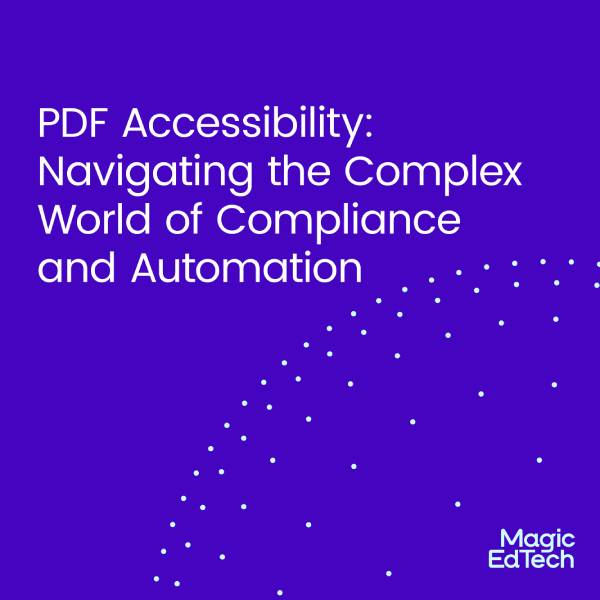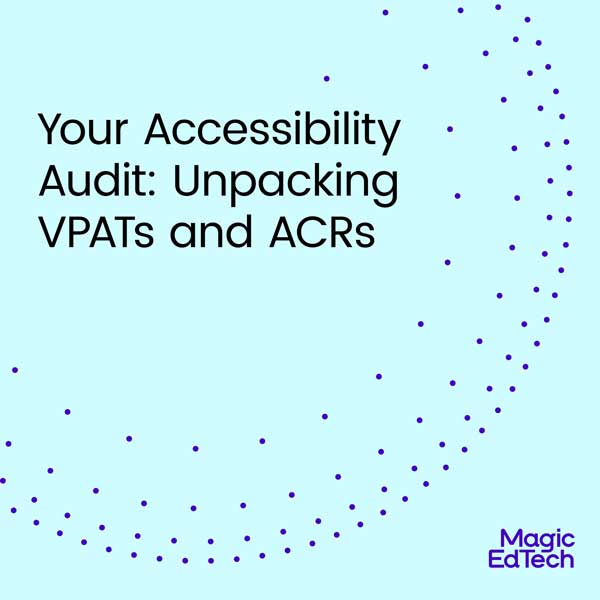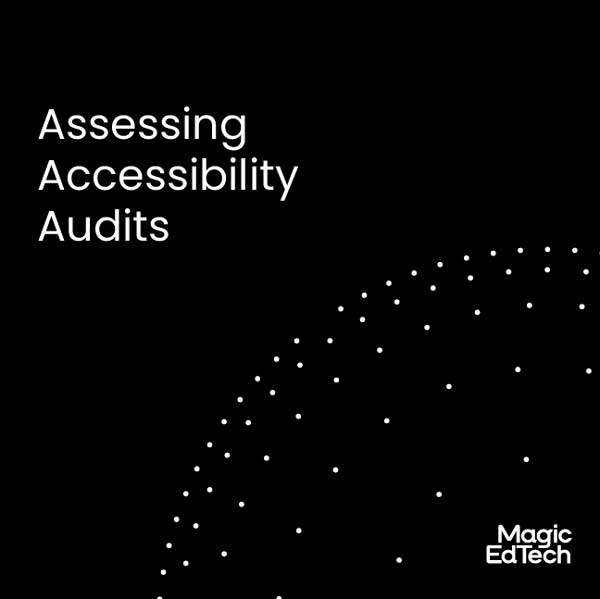Are Your DEI Initiatives Set up for Success?
- 16 March, 2023
- Reading Time: 5 minutes
Diversity, equity, and inclusion (“DEI”) is not, holistically speaking, a new subject within education. However, social and political changes in recent years – particularly those catalyzed during the height of the pandemic in the U.S. – have prompted organizations and institutions to try to bolster the profile of their DEI posture and reassert their public commitment to the cause.
And many institutions agree that diversity, equity, and inclusion – all three – are top priorities. Although, many of these efforts, such as DEI awareness and training, recruitment, and hiring practices, have yielded less-than-hoped-for results across the educational ecosystem.

Taking DEI Beyond Lip Service to Enact Change
It is my thought, hopefully, shared by others, that DEI shouldn’t be viewed as merely an important “moment in time” effort by institutions, but rather as a cultural shift tied to the core values of your institution. It is, after all, an important key to the long-term success of your students.
It is now important to intervene on and learn from stumbles in, implementing nascent DEI policies. It is time for institutions to focus on long-term and sustainable actions that will improve outcomes. This is especially true because tightening budgets, limited institutional bandwidth, the tech industry’s widespread layoffs, etc. are lowering our ability to achieve measurable success regarding DEI policies and the implementation of those policies.
There is little point in expanding your DEI efforts and resources without understanding where efforts are working and where they are not. As reported by Elevating Equity: The Real Story of Diversity and Inclusion, “roughly 80 percent of companies are just going through the motions and not holding themselves accountable.” This finding highlights the need to reassess a conventional approach to DEI.
Not systematically measuring DEI outcomes, and the inadequate funding allocated to such initiatives, have contributed to failing diversity, equity, and inclusion efforts.
Organizations must hold themselves accountable, invest accordingly, and make significant changes to their current practices if they wish to make a difference and improve the outcomes they have put forward.
Why Establishing Metrics is Crucial to DEI Outcomes
First, organizations have to identify the problems that DEI efforts are intended to address. They can then connect their initiatives to the outcomes they hope to accomplish. For example, if employees aren’t reporting discrimination when they see it, bystander intervention training would be appropriate. Likewise, a language refresher makes sense if employees need help with respectful communication. If organizations are committed to achieving long-term strategies relative to DEI – as many suggest they are – there must also be clear metrics to measure the progress and success of the effort.
The absence of any plans on how an organization or institution is going to implement its DEI plans suggests, worryingly, that it is a fad for the institution or organization. It is not truly a meaningful indicator if there is no return on investment associated with it, or if outcomes are not materially, measurably improved among students. Additionally, underrepresented minority (URM) faculty DEI recruitment efforts at universities are likely ineffective unless the outcomes are measured, and stakeholders are held responsible for them. While investing in your DEI efforts is crucial, putting measurements in place is essential to tracking progress and gaining actionable insights. Money and measurement are wedded here.

Build DEI into Your Budget
Despite organizations publicly committing to taking action, progress has been slow because they don’t have, or fail to assign, sufficient financial resources. Companies and institutions are not allocating money to support their DEI initiatives at a level in agreement with their public statements.
According to the 2021 SmartRecruiters State of Diversity Hiring Report, only 32% of companies report having a budget for diversity sourcing that aligns with their diversity hiring objectives. Therefore, it is not surprising that many DEI programs fail because they don’t have the funding necessary to support the efforts or achieve the outcomes articulated. The deprivation of any resources to help fund these DEI strategies also creates the perception that it is a short-term branding exercise or a marketing campaign rather than a long-term, substantive commitment.
If organizations are intent on being successful in pursuing DEI conceits, they must fund the departments charged with leading the way. Engaging DEI experts before making a budget decision is at least a first step in addressing this failure because these professionals can assist in establishing budgets that will enable organizations to address DEI challenges and measure the outcomes. By allocating the necessary funds for DEI, institutions can develop a comprehensive strategy that supports the mission and invests in people and culture – and the opportunity for all to succeed.
Commit to Meaningful DEI
DEI programs are essential to creating a safe and equitable environment for both employees and students. Nevertheless, initiatives will continue to struggle if organizations merely go through the motions and do not hold themselves accountable. DEI has finally emerged as a top priority, so it should be treated as one, starting with measuring outcomes and allocating an adequate budget. The progress made here is fragile in many respects. Making sincere long-term commitments and taking the actions necessary is a step in the right direction to be the change that is needed.
Get in touch with us to find out how Magic EdTech DEI Consulting can help to define your DEI goals, create a strategy, execute the plan, and achieve your objectives.





